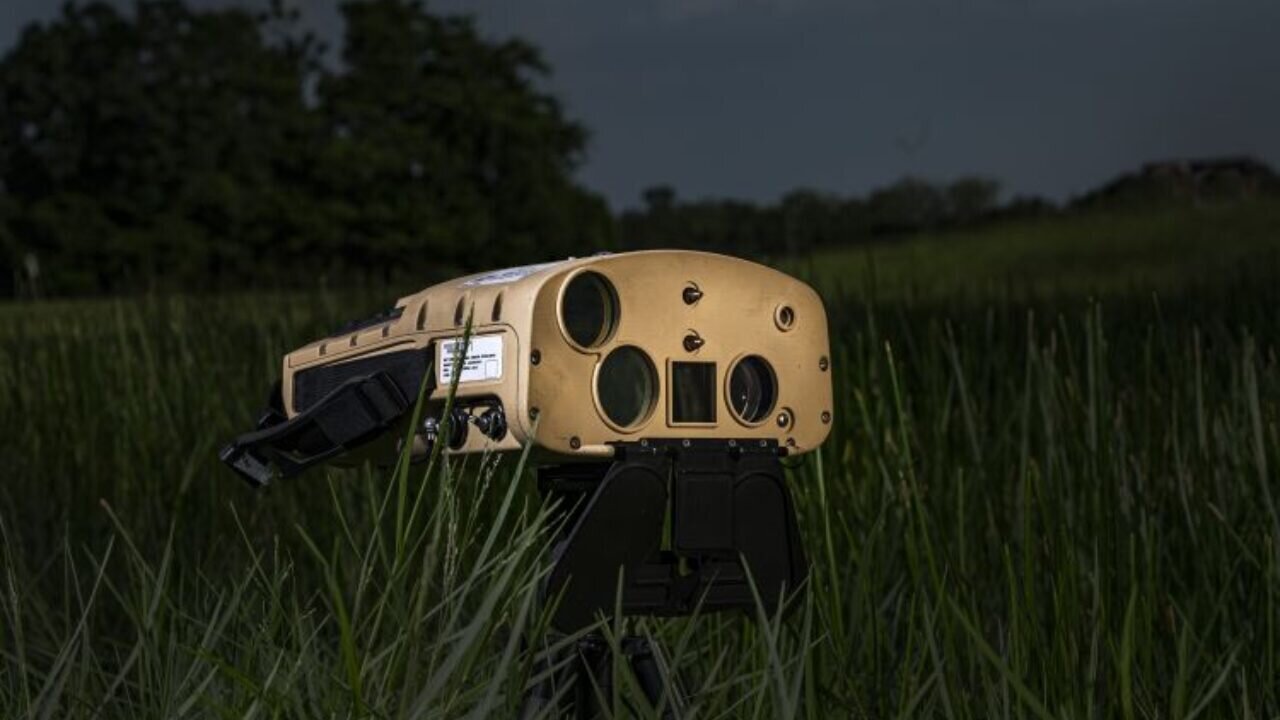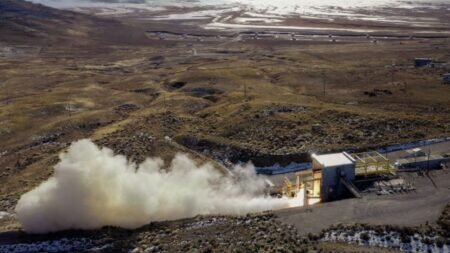The U.S. Marine Corps awarded Northrop Grumman Corporation the initial production and operations contract for the Next Generation Handheld Targeting System (NGHTS).
NGHTS is a compact targeting system that provides advanced precision targeting and is capable of operation in GPS-denied environments.
“NGHTS’ advanced technology will significantly enhance warfighters’ ability to safely complete their missions,” said Bob Gough, vice president of navigation, targeting and survivability, Northrop Grumman. “NGHTS is lightweight and combines four systems into one portable device with state-of-the-art imaging, targeting, ranging, designating and networking. This compact, multi-sensor electro-optical/infrared device lightens Marines’ loads and keeps them connected while adding precision and safety to their missions.”
NGHTS performs rapid target acquisition, laser terminal guidance operation and laser spot imaging functions using its advanced range finder and designator. With NGHTS, ground forces have the option to call in a target, transmit the precise location or use laser designation where previously the only option was to call in target coordinates on a field radio. This single, ergonomic handheld product packed with advanced targeting capabilities will enable the Marines to quickly acquire and perform guidance against targets and generate target location data during combat operations.
NGHTS features three sensors: a color day imager, a low-light imager and a thermal imager for creating images in total darkness. It also includes a high-precision GPS receiver and a celestial compass that provides azimuth readings (the angular measurement in a spherical coordinate system) for a target's heading relative to NGHTS to within fractions of a degree. NGHTS allows for further targeting ranges than current legacy systems.
NGHTS provides superior observation from even the most environmentally and physically onerous locations. During twilight, one of the most challenging times of day to see targets, the streamlined Graphical User Interface (GUI) provides a sharp and clear image. This improved user experience allows the warfighter to conduct accurate target location and laser guidance during combat operations no matter the conditions.
Weighing less than 10 pounds, the unit is extremely durable, and will be tested under extreme conditions of temperature, vibration, salt-fog and altitude. To create efficiencies and prioritize sustainment, Northrop Grumman designed various parts for NGHTS that can be 3D printed in the field rather sending them elsewhere for repair.









